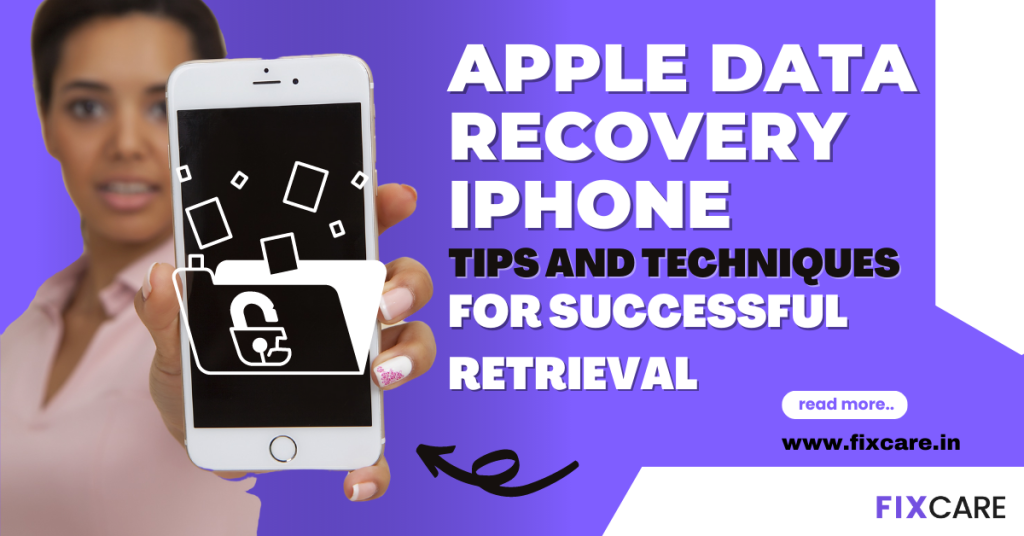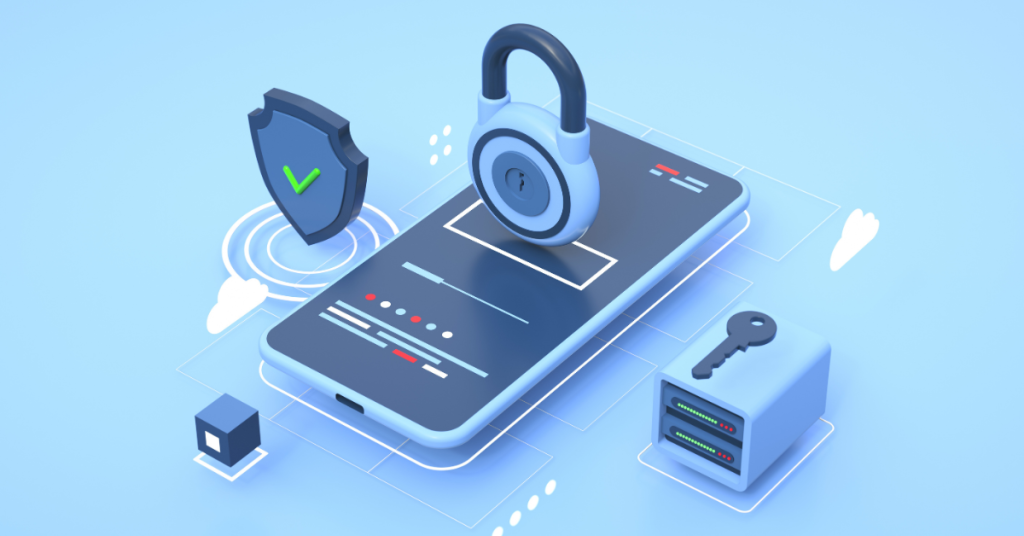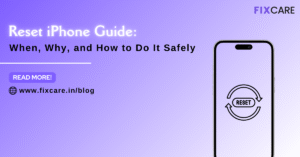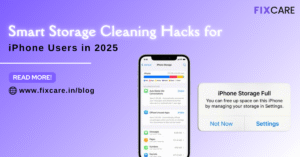
Apple Data Recovery iPhone: Tips and Techniques for Successful Retrieval

Table of Contents
It might be frustrating to lose important data from your iPhone. The loss of this data, whether it be crucial contacts, messages, images, or papers, can have serious repercussions. Fortunately, Apple offers strong data recovery methods to assist consumers in getting their deleted or lost data back. We will look at a number of suggestions and methods for effective apple data recovery iphone in this article. We will explore a variety of techniques to assist you in recovering your valuable data, ranging from utilising built-in capabilities to utilising third-party applications. Therefore, if you ever find yourself needing to recover data from your iPhone, read on to learn the useful ideas and strategies that may help you do it.
Understand Apple Data Recovery iphone Options:
Before delving into the specific tips and techniques, it’s essential to understand the apple data recovery iPhone. The company offers several built-in features and services that can help in retrieving lost or deleted data from iPhones. These options include:
iCloud Backup: You may restore your device to a prior backup point and get the required data by routinely backing up your iPhone data to iCloud.
iTunes Backup: iTunes enables you to make local backups of your iPhone that you may use to restore lost data in the event of an accident.
Find My iPhone: In addition to its tracking features, Find My iPhone gives you the choice to remotely delete your device or place it in Lost Mode. This ensures data protection while giving you the opportunity to retrieve data from a backup.
Utilize iCloud and iTunes Backups:
One of the greatest ways to recover lost data on your iPhone is by using iCloud and iTunes backups. You may restore your iPhone to a specific backup point and obtain the essential data thanks to these backups, which serve as a snapshot of the information on your device. Here are some crucial considerations:
iTunes Backup: On your iPhone, check that iCloud Backup is enabled by going to Settings > [Your Name] > iCloud > iCloud Backup. By activating this, your smartphone will automatically back up its data to iCloud anytime it is powered on and connected to Wi-Fi.
iTunes Backup: You may frequently back up your data by connecting your iPhone to a computer that has iTunes installed. To do this, pick the device in iTunes and choose “Back Up Now”
Third-Party Data Recovery Software:
Third-party data recovery software might be a good option if you don’t have a recent iCloud or iTunes backup or if the requested data isn’t included in the backups. These software programs can assist in recovering different kinds of lost or deleted data from iPhones since they were created expressly for data recovery reasons. When utilizing third-party data recovery tools, keep the following in mind:
Choose reliable software: Pick software for data recovery from reliable developers. Consider aspects like support for the particular data formats you need to recover, compatibility with your iPhone model and iOS version, and good user ratings.
Follow the instructions: Install the program on your computer and pay close attention to the developer’s instructions. Connecting your iPhone to the computer and starting the data recovery procedure via the software interface are typical steps in these instructions.
Scan and Recover: Launch the scanning process to look for lost or deleted data on your iPhone after installing the software. The app will examine the storage on your device and display a list of files that can be recovered. View the files, pick the ones you want, and then continue with the recovery procedure.
Here are a few additional tips to enhance your chances of successful data recovery:

Act Quickly and Avoid Data Overwriting: It’s critical to act promptly after data loss to increase the likelihood of recovery. After a data loss, use your iPhone sparingly since fresh data may overwrite the lost files and render them unrecoverable. Keep your smartphone in airplane mode, limit the number of apps you use, and avoid capturing any new pictures or videos until you’ve tried the recovery method.
Consult Professional Data Recovery Services: If you’ve tried utilising iTunes backups, iCloud backups, and third-party applications without success, it may be time to contact professional data recovery services. To recover data from damaged or corrupted devices, these firms specialise in cutting-edge data recovery methods and use specialised tools and equipment. Professional data recovery services for iPhones are provided by businesses like FixCare MacBook Repair in Bangalore, increasing the likelihood of a successful recovery.
Measures to Prevent Future Data Loss: While solutions for data recovery are crucial in the case of a data loss, it’s equally necessary to take proactive steps to avoid such circumstances in the first place. A current copy of your data is always available in case of crises if you regularly back up your iPhone to iCloud or iTunes. Enabling functions like iCloud Photo Library and iCloud Drive may also sync and backup your photographs, movies, and documents automatically, adding an additional degree of security.
Data Loss Prevention Tips: To minimize the risk of data loss, consider implementing the following preventive measures:
- To take advantage of security updates and bug fixes, keep your iPhone updated to the most recent version of iOS.
- To prevent unauthorised access to your smartphone, use biometric authentication (like Face ID or Touch ID) or strong, one-of-a-kind passcodes.
- To lessen the chance of virus or data damage, use caution while downloading third-party software and only download from reliable sources.
- Make sure your iCloud storage has enough room to hold data backups by regularly checking it.
Conclusion:
Although losing crucial apple data recovery iphone can be a distressing experience, effective data recovery is feasible with the appropriate advice and methods. You may restore your device to a prior state and get the needed information by using Apple’s built-in data recovery solutions, such as iCloud and iTunes backups. Third-party data recovery software also gives more options for recovering data that might not be in your backups. To safeguard the security and integrity of your data when utilising third-party software, it’s critical to select reputable and reputable solutions.
FAQ
Recent Blogs


iPhone Storage Optimization: Complete Guide to Free Up Space in 2025

Fixcare Express Repair: Your One-Stop Solution for Urgent Apple Fixes

MacBook Speed Tricks: How to Make Your Mac Run Faster in Minutes

Charging Issue Fix for iPad and Tablets: Easy Troubleshooting Tips

Reset iPhone Guide: When, Why, and How to Do It Safely

Cracked Screen? Here’s Why iPhone Glass Repair Is the Best Option

Smart Storage Cleaning Hacks for iPhone Users in 2025

Storage Cleaning Hacks for MacBook: Regain Space in Minutes

iPad Charging Port Repair: Troubleshooting Tips and Expert Fixes

iPhone Backup Before Repair: Why It’s Essential and How to Do It

Top Signs You Need a MacBook Motherboard Repair Immediately
Get your Device Repaired Today
Recent News

Common Mistakes to Avoid During MacBook Keyboard Replacement

iPhone Storage Optimization: Complete Guide to Free Up Space in 2025

Fixcare Express Repair: Your One-Stop Solution for Urgent Apple Fixes

MacBook Speed Tricks: How to Make Your Mac Run Faster in Minutes

Charging Issue Fix for iPad and Tablets: Easy Troubleshooting Tips


